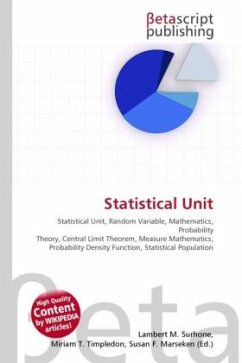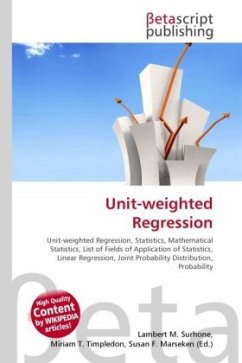In mathematics, physics, and engineering, the imaginary unit allows the real number system, mathbb{R}, to be extended to the complex number system, mathbb{C}. It is denoted by i or the Latin j or the Greek iota (see Alternative notations below). Its precise definition is dependent upon the particular method of extension. The primary motivation for this extension is the fact that not every polynomial equation with real coefficients f(x) = 0 has a solution in the real number system. In particular, the equation x2 + 1 = 0 has no real solution (see Definition below). However, if complex numbers are allowed as solutions, then this equation, and indeed every non-zero degree polynomial equation f(x) = 0, has a solution (see Algebraic closure and Fundamental theorem of algebra). The imaginary unit is often loosely referred to as the "square root of 1". However, there are in fact two square roots of 1 (just as there are two square roots of every real number), namely i and i. Misuse of the imaginary unit may lead to difficulties.
Bitte wählen Sie Ihr Anliegen aus.
Rechnungen
Retourenschein anfordern
Bestellstatus
Storno








